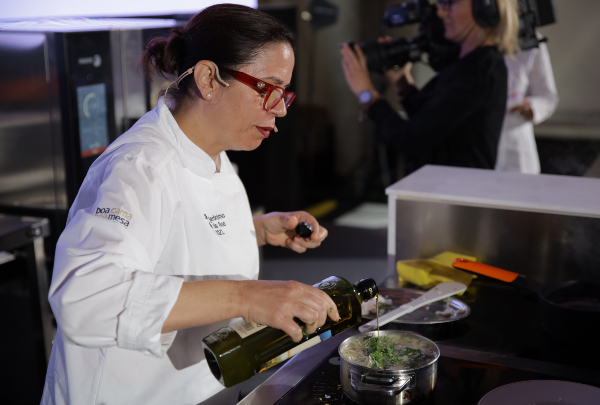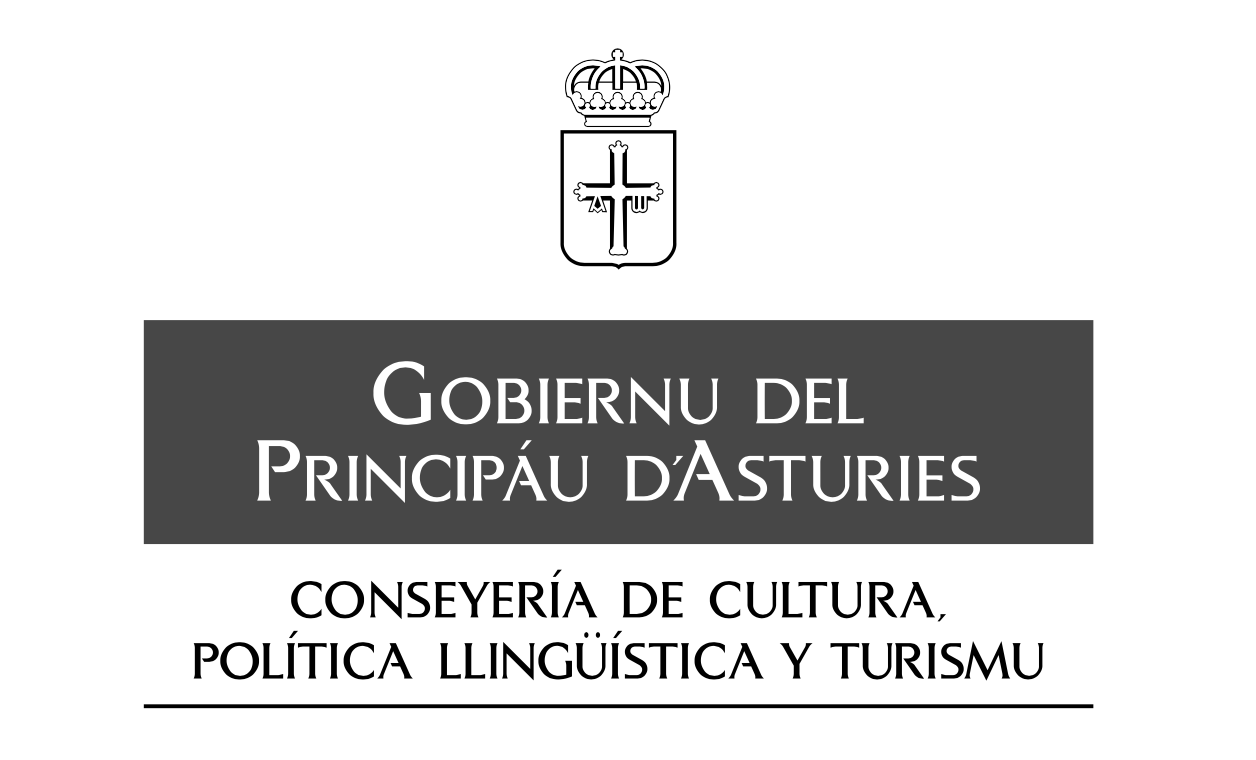News
"Pote" stew, "chosco" pork or trout, traditional recipes in the cuisine of southwest Asturias
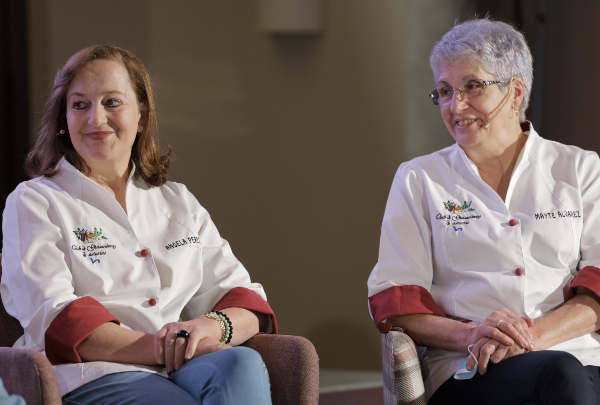
Asturias "guisandera" stewmistresses Mayte Álvarez, from Casa Tula, and Ángela Pérez, from Casa Emburria, and Pepe Ron, from Bar Blanco, explain the special features of cookery in the southwest of the Principality, during a discussion moderated by journalist Carlos Maribona.
When we talk about the cuisine of Asturias, we are necessarily talking about a plural kind of cuisine, since the local orography determines a number of special features that are not only reflected in the recipes of each area, but also in the terminology of their products. The names of fish, recipes and ingredients vary over a range of very few kilometres. “Mountains have helped isolate some areas from others, and so a fish might have one name in Tineo, and a different name in Pravía”, says Maribona. “And recipes, too. Some recipes don't exist in other areas, or they're made from different ingredients", adds Mayte Álvarez of Casa Tula.
On this occasion, the discussions focused on the characteristics of cookery in the southwest which are totally unrelated to the recipes we usually associate with Asturias. “If we ask anyone what the typical fare is in Asturias, they'll probably say "fabada" stew. And they'll also mention cider. But neither of them were typical products here. "Pote" stew, marinade stock with trout or salmon were the traditional recipes. Obviously, in the wake of globalisation, both fabada and cider are now local features, but they weren't the norm", says Maribona.
The stew was accompanied by other traditional food in the territory, such as "chosco", a typical dry pork cut which now has its own Protected Geographical Identification; eel pastie - now falling into disuse due to a lack of product - trout, salmon, meat roll, and game. “Stews are also very popular. This is due to the climate. The main product has always been pork, although veal is also available now", pointed out Ángela Pérez of Casa Emburria. Pepe Ron added: “Trout was a must-have for me. People here were good at frying it. The bigger pieces are marinated, and the smaller pieces are fried. I miss that food. With all the fishing restrictions nowadays, all that's disappearing. I think there's too much protection", complained Pepe, and his female colleagues agreed. “I remember an eel pastie my grandmother used to make, and it was a real feast", recalled Ángela.
They also mentioned the tradition "pote" stew. “To make a good stew you need good "compango" meat", explained Mayte, "and it's something you can eat every day because it has everything: vegetables, legumes, potatoes ... You can't eat fabada every day because your body rejects it".
All those taking part in the discussion agreed that calls for the conservation of traditional culinary heritage ought to go hand in hand with a certain amount of innovation. “In my case, it was a difficult task to get customers to accept this kind of development, but I never had the feeling I was straying from the path. We recook the landscape, and the public at large has finally accepted it. But we don't forget where we are and what our surroundings are", insists Pepe Ron. “We have two kinds of diners. The daily diners, and those who come from other places at the weekend. That's why we've adapted some recipes. You have to innovate a little, but always with a certain amount of balance".
“Will there be a next generation?” asks Maribona. Ángela says: "new stewmistresses are emerging every year, and they're young women. Mayte and I are the oldest at the present time”. A door opening to conservation of the traditional culinary heritage of southwest Asturias. Pepe finishes with “We'll fight on to rescue all those recipes".


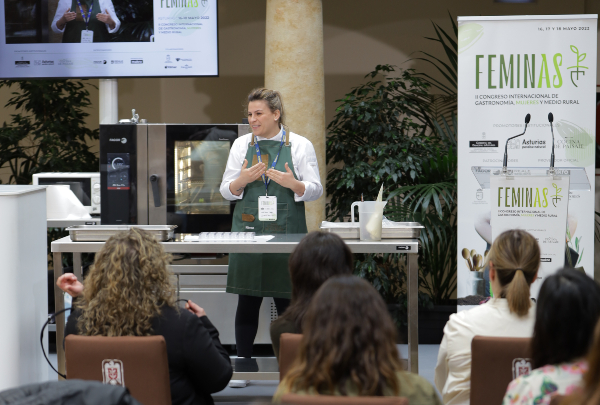

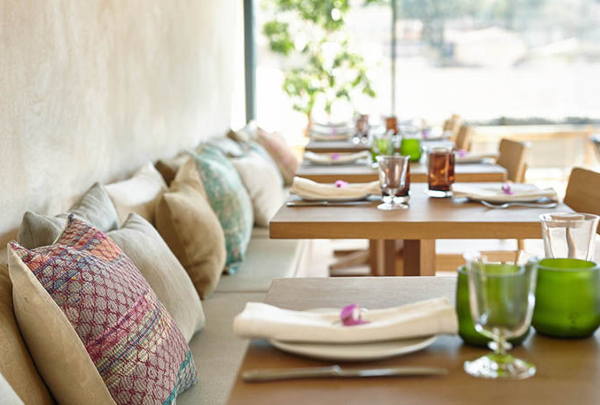
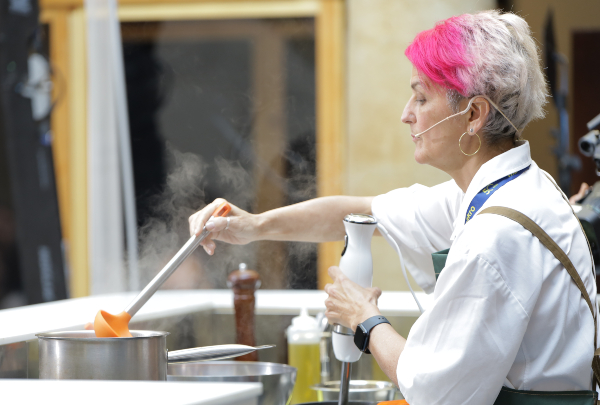
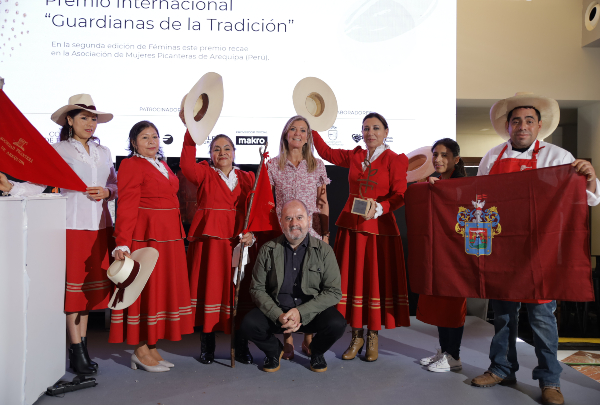
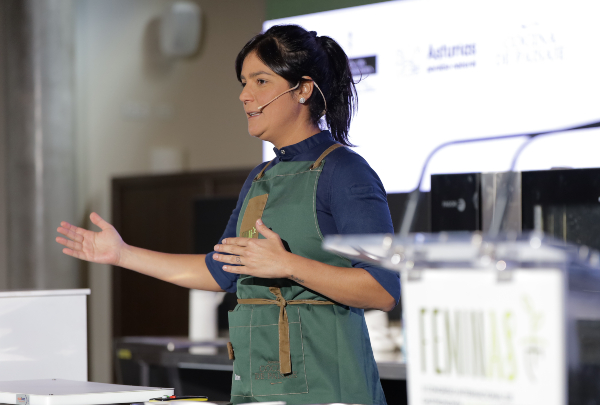
 600.jpg)

